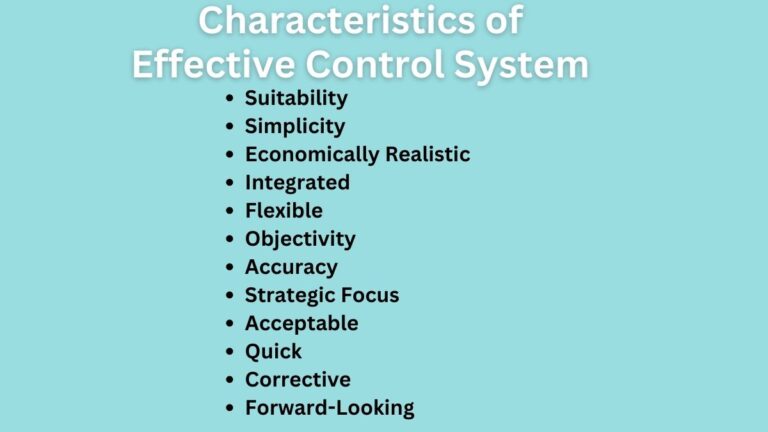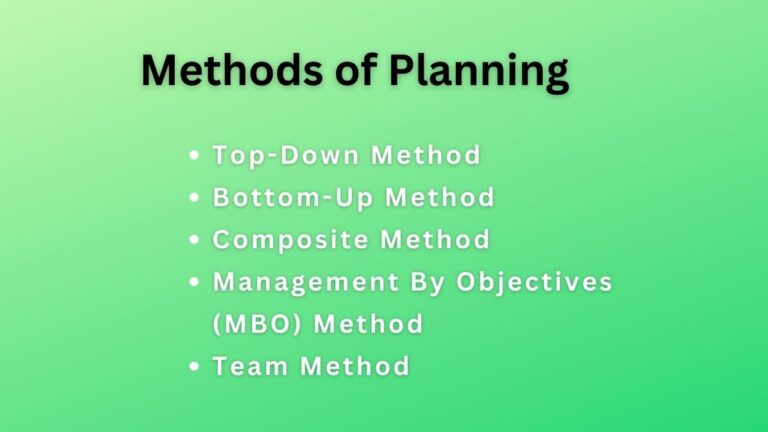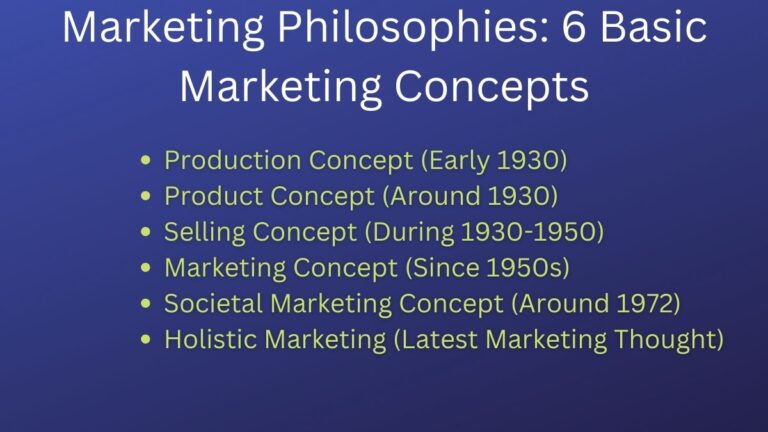9 Types of Organizational Goals with Examples [Explained]
Types of Organizational Goals
The strategic objectives that serve as the focus of an organization’s actions are known as organizational goals. There are different types of organizational goals that can be found in organizations.
Every organization’s goal is unique and different. Based on the business nature, the level of the hierarchy, and the time frame there can be different organizational goals. Mainly the organizational goals can be categorized into three categories. They are:
- Based on the Nature of Business
- Profit Maximization
- Service/Social Welfare
- Based on Organizational Hierarchy
- Mission Goal
- Strategic Goal
- Tactical Goal
- Operational Goal
- Based on Time Span
- Long-Term Goal
- Short-Term Goal
- Intermediate-Term Goal
Let’s understand these goals individually.
Based on the Nature of Business
Based on the nature of business the types of organizational goals include two. They are:
Profit Maximization
It is a fact that earning profit is the fundamental goal of every business organization. A business organization whose goal is profit maximization always strives to achieve the highest profits.
Such a business goal is to make profits as far as possible. All their activities are directed to increase the sales and earnings of the organization.
Service/Social Welfare
These are the organizations established with the aim to support the community and act upon the enhancement of people’s lives. These are the service organizations or government organizations that adopt the service and social welfare goals.
Such organizations raise funds from donations, and charities, and also take from the government to support the weaker sections of society. Their sole goal is to help people and society and to preserve their long-term interests.
Based on Organizational Hierarchy
Organizational hierarchy refers to the division of management (managers) based on their power and duties. Based on organizational hierarchy i.e. levels of management the organizational goals types include four. They are:
Mission Goal
The mission of the organization is itself the mission goal. The mission reflects the organization’s desired outcome in the long run. The mission goal is developed based on the vision statement of the organization. It clearly states the reasons for organizational existence.
Organizational image, philosophy, and aspirations are the main focus of the mission. The mission goal is formulated by the top management through the general assembly and board of directors. Some examples of mission goals include:
- A college may design its mission statement as “to provide quality education thereby installing a sense of responsibility, love, and fraternity in the students.”
- A manufacturing company may formulate a mission goal as “to be a number one food provider with greater accountability and a sense of social responsibility.”
Strategic Goal
A strategic goal is the long-term goal of the organization formulated by the top management. It is designed to ensure the achievement of the mission goal.
Strategic goals state a broad statement that provides the future direction and scope of an organization. These goals are developed by top managers with the help of intermediate and lower-level managers.
For setting strategic goals it is necessary that top managers should scan the environment to find out likely threats and opportunities before coming to the decision. Following are some examples of strategic goals.
- A management college may set a statement as being “the institution aims to be the center for learning for the students who aspire to be globally competitive.”
- A food manufacturing company may set a goal “to be the center of food production aspiring to be naturally healthy.”
Read Also: Argument Against Social Responsibility
Tactical Goal
The tactical goal is also called the functional level, intermediate level, or divisional level goal. Such a goal is designed by departmental managers for the purpose of achieving departmental goals.
A tactical goal is developed based on the strategic goal and its support is dedicated to ensuring the strategic goal achievement. These goals are more specific than strategic ones and have also a shorter time span. Following are some examples of tactical organizational goals.
- The accounting department may formulate goals to reduce accounts receivable and payable within a year.
- The marketing department may set the goal of expanding the market by 10% within a year.
- The production department may aim to reduce wastage by 90% within two years.
Operational Goal
The operational goal sits at the bottom of the organizational hierarchy. The goal set by the lower managers or supervisors to conduct daily operations effectively is called the operational goal.
The operational goal’s main objective is to run daily organizational activities as effectively and efficiently as possible. This goal nature is very short i.e. daily, weekly, quarterly, monthly, or yearly but not more than a year.
Operational goals add up to the achievement of tactical goals. Following are some examples of operational goals.
- The production unit may set the goal of reducing the absenteeism of employees within a month.
- The accounting department may formulate a goal of finalizing the balance sheet within a week.
Based on Time Span
All the goals of the organization are not for the long term nor for the short term only. Organizations also have to set goals based on the time required to achieve the desired goal.
Based on the time span the types of organizational goals can also be three. These include:
Long-Term Goal
Organizational goals are the reasons for an organization’s establishment. The ultimate goal of the organization can not be achieved in a short span of time it requires a long-run process.
The long-term goal can be defined as the organizational goal that aims to achieve long-term goals within or more than five years. For this, the top management is responsible for formulating mission statements, corporate goals, and strategic goals for the achievement of long-term goals.
Usually, the time period of such a goal is more than 5 years. These goals are expected to be achieved gradually over several years. Some examples of long-term goals include the following:
- A college may formulate a goal to be a number one education institution in ten years within the specific location (country, or state).
- A food chain restaurant can set a goal of being the best food provider in the region within five years’ time.
Long-term objectives may be changed as circumstances and time permit, but their primary purpose must remain constant. Here, the organization’s methods are used to modify the long-term objective.
To do this, the company needs to create a culture that values research and development in order to recognize market possibilities and risks.
Middle-Term Goal
The middle-term goals are set for two to five years. The middle-term goal is also called a tactical, functional, or divisional goal. This goal is formulated by middle managers or departmental managers to facilitate the attainment of long-term strategic goals.
The long-term goals are difficult to attain as a whole. They need to be divided into different parts of departments. And, each department needs to formulate goals based on its functional area which ensures effective and faster long-term goal realization. Following are some examples of middle-term goals.
- The production department can formulate the goal of installing advanced production machines within three years to reduce per-unit production costs.
- The marketing department may set a goal of increasing market share by 20% within two years.
- The HR department may formulate a goal of providing basic training to all employees within three years.
Short-Term Goal
Short-term goals are made on the basis of mid-term goals. Short-term goals are the means of achieving goals for a year period of time.
Unit managers or supervisors are responsible to set short-term goals. Supervisors’ main objective in setting such a goal is to ensure regular activities more effectively. Some examples of short-term goals include:
- Each unit can formulate the goal of reducing absenteeism by five percent within one year of time.
- The production unit can set a goal of replacing the production process with a new and updated one within one year.
- Particular training units of the HR department may formulate a goal of providing training to new employees within three months of time.
Read Next: What is Organizational Structure?
Sajan Kushmi is a content writer with more than 4 years of experience. He holds BIM Degree. He write on the topics related to Management, Marketing, and Entrepreneurship.






